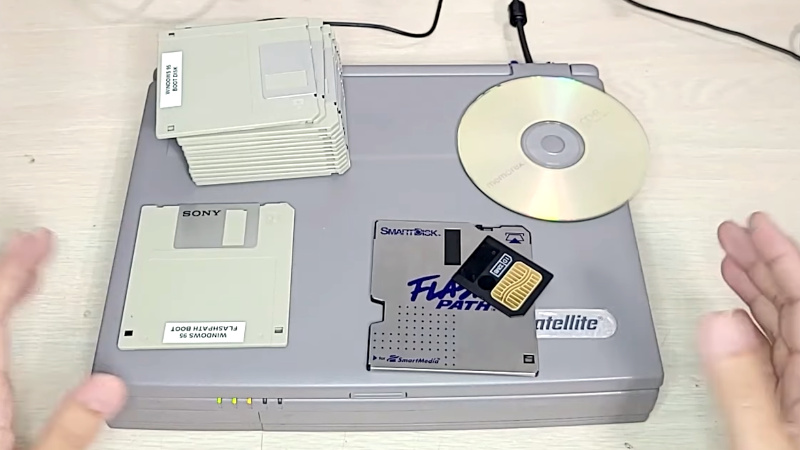NVIDIA’s foray into the WoA (Windows on Arm) segment has run into slight roadblocks as the company is now reported to launch it’s next-gen N1X SoC in Q1 2026.
Microsoft’s Windows Roadmap, WoA Adoption & Chip Revisions Lead To NVIDIA’s Push Back of N1X SoCs To Q1 2026
N1X is the codename for NVIDIA’s first WoA (Windows on Arm) SoC. This chip has been co-developed with Mediatek, and will be the company’s first Enterprise/Consumer level offering that will compete with other solutions within the “AI PC” segment.
At Computex 2025, NVIDIA and its partners already gave us an early look at various devices including NVIDIA’s own DGX Spark, while ASUS, MSI, Gigabyte, Lenovo, Dell, and others are actively working on their own offerings. While we already had a hands on with several of these PCs a few months back, it looks like the actual launch has been pushed back to Q1 2026, originally intended for a 2H 2025 launch.
As per DigiTimes, the reasoning behind this delay is due to several reasons. The first one is Microsoft’s development of its next-gen Windows platform which was intended to launch alongside the N1X. But it looks like Microsoft’s roadmap has faced severe slowdown, and a proper release of their next Windows OS update, which will bring advanced AI features and further refine the WoA ecosystem, is still a few quarters away.
Then there’s the adoption rate for WoA platforms. While Qualcomm seems to suggest that their laptops are moving vast inventory, the actual consumer demand for these laptops is slowing down, and isn’t that great. As much as the “AI PC” narrative has been pushed throughout the years, actual consumers are still reluctant in buying these platforms. Plus, x86 platforms from AMD & Intel, still hold the majority of share.
And finally, it is stated that NVIDIA itself is currently evaluating new revisions of its N1X & N1 SOCs. The chip is said to be using the TSMC N3B process technology. It features two main components, the Grace (Arm) CPU, and the Blackwell GPU. This chip is also called GB10 in platforms such as the DGX Spark. The N1X SoC designation is more for the consumer-side. The new revisions are currently said to offer design changes, and various optimizations so that when the time comes to launch them, they are fully prepped.
Now in terms of specifications, the NVIDIA GB10 Superchip has a lot of similarities with what the N1X SoC will end up being, the chip features a 20 Arm core CPU based on the Grace architecture, a Blackwell GPU with up to 1 PetaFlops of FP4 AI compute, support for up to 128 GB of LPDDR5X memory, and advanced IO technologies.

The chip has also appeared within Geekbench 6 with some spectacular performance numbers. The current top listing has a 3096 single-core score, and an 18,837 score in multi-thread tests. The chip clocked at 2.81 GHz, and we have seen GB10 samples reach up to 3.9 GHz clocks.
For comparison, AMD’s Ryzen AI MAX+ 395 chip with 16 cores and 32 threads, and over 5 GHz clocks at 120W+, offers around 3000-3100 points in single-core, and around 19000-21000 points in multi-core performance. So you can tell that even in an early state, the N1X is performing quite good, and we can expect the revisions to take this performance even higher.
As per report, the NVIDIA N1 series will have multiple chips with N1X aiming the Enterprise/Commercial segment, the N1C aiming the consumer segment, and probably a entry-level model for niche markets (Maybe Handhelds?). The chips were previously expected to offer anywhere between 180-200 AI TOPs but with the design revisions in question, we can’t really say for sure where the final configurations will end.
But these chips will offer a competitive landscape against the likes of AMD’s “Ryzen AI MAX”, Apple’s M4, and Intel’s AX series offerings which will play a major role in the years ahead. So with Q1 2026, we can expect more information at CES 2026.
